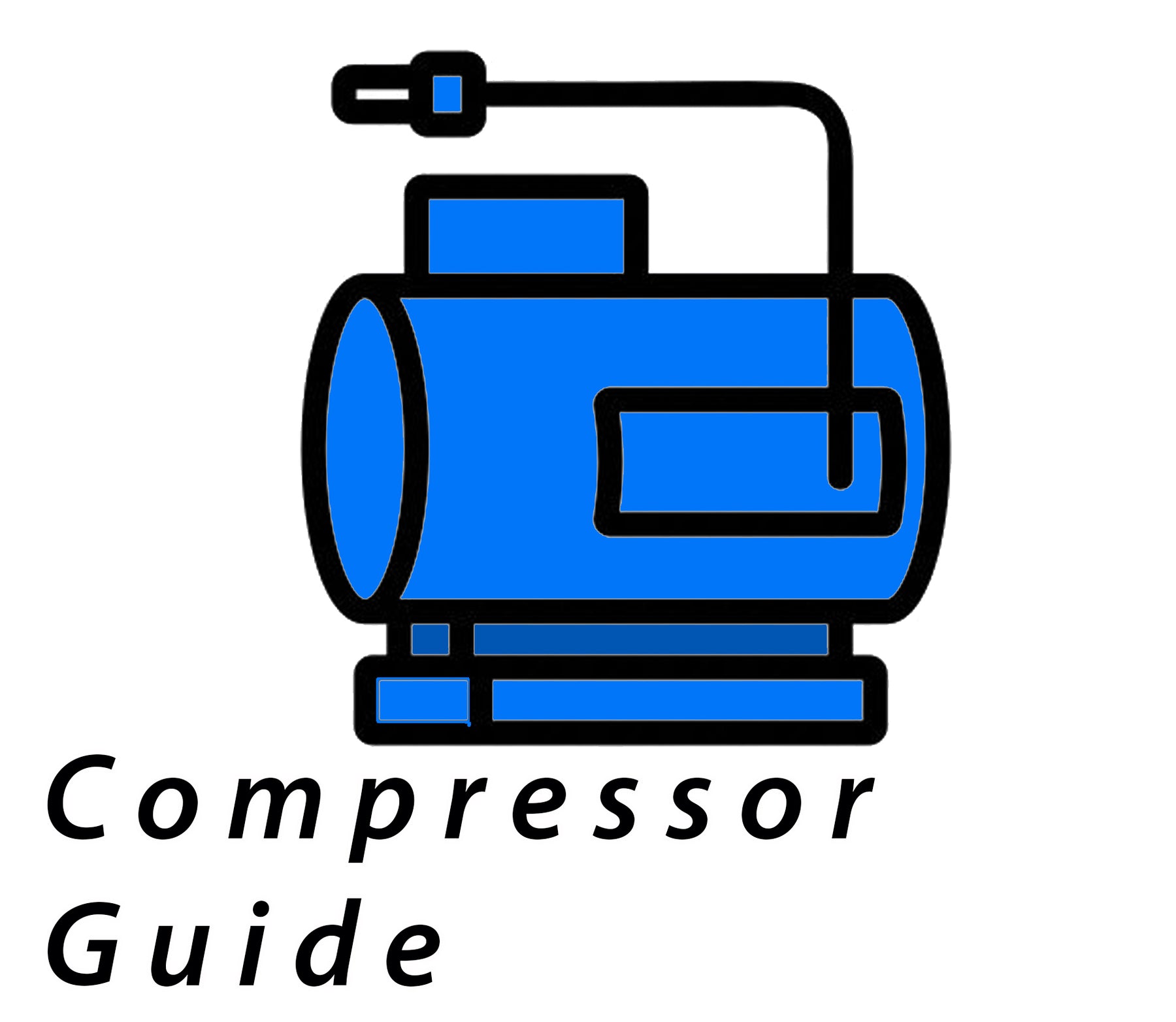Free Shipping on orders over $89!*
Free Shipping
on orders over $89!*

![]()
If you plan using your airbrush regularly, most likely you will want to invest in an airbrush compressor…
Airbrush Compressors are the most common air source for airbrush users. If you plan to continue using your airbrush most likely you will want to invest in an airbrush compressor. It’s not hard to find a good value on a compressor these days. You can go to your local big box hardware store and find one on sale for a hundred and some odd dollars and yes with the correct connections and regulation, you can use these to operate your airbrush. However, unless your dealing with a high volume operation you might find this type of compressor to be less than ideal.
The compressors found at your local art supplies store or hobby shop are specifically engineered for airbrushing and have advantages over compressors found at your hardware or sporting goods store. One key advantage is that while common diaphragm compressors create pulsation (which consequently causes pulsation in the airbrush’s spray,) airbrush compressors are designed to minimize pulsation; providing a more steady and continuous air flow. Another advantage to airbrush compressors is that they are better designed to keep moisture out of the airline. Heat emitted from a compressor creates condensation and builds moisture in the airline. Moisture may not be as interfering when operating other pneumatic tools but for airbrush artists it is of huge concern. Lastly is the noise factor. Compressors designed for airbrushing range in decibel ratings from 30-60 db which is quiet enough to run in your home or studio without being bothersome.
PSI and CFM
PSI (pounds per square inch) is a measurement of air pressure. CFM (cubic feet per minute) is a measurement of air flow velocity. The necessary PSI and CFM needed will depend on the tool your using, the application and the type of paint being used. Applying paint to small figures may only require 20psi. T-shirt paint typically requires 40-60 PSI. If you want to use your compressor with a mini spray gun as well as an airbrush your going to want something with at least 1.0 CFM. Asking an expert and referring to the label on your paint are good ways to figure air pressure and flow requirements.
Portability
Many airbrush artists need to travel with their airbrush equipment. For applications requiring low PSI such as makeup there are many small and compact compressors that will be sufficient and there are even battery powered models available. Other users, for example muralists and T-shirt artists, need their compressor to be portable but require much more PSI and CFM. If portability is a concern you will want to know the size and weight of a compressor before purchasing it.
Regulation
More then likely you will want to be able to regulate your airflow. Therefore we suggest a compressor with at least a regulator. The gauge is also helpful but not always completely necessary. Most compressors are equipped with a regulator and gauge. In place of or in addition to a regulator, a MAC (Micro Air Control) valve allows you to adjust your airflow directly form your airbrush. A very handy device!
Moisture
By and large this will be a concern at least to some degree. Moisture building up in your airline can derive from your natural climate; if you are operating in a warm humid climate you will have more moisture issues. Moisture is also caused by the heat of the compressor itself. The size of a compressor and how long it is running for will factor in how much heat it is emitting.
One feature that drastically helps reduce moisture build up is the moisture trap. With the exception of very small compressors, it is always recommend using some sort of moisture trap. Many airbrush compressors have a trap built onto the compressor itself. These will be very helpful to you but you must remember to drain the trap when it starts to fill up with water. If your compressor does not have a trap (or if you continue having moisture issues with just one trap) you can purchase and easily install an additional moisture trap. There are also what’s called “in-line” moisture traps that are installed by cutting your hose in half and plugging into the middle.
Other features that will cut down on moisture are tanks and automatic shut-off. After air is pumped into a tank it has a chance to cool off before flowing into the air hose. Cooler air means less moisture. Automatic shut-off stops the motor when the pressure needed is reached. This helps with moisture because the compressor is running less often and therefore generating less heat.
Noise
A normal conversation is about 70 decibels. Most airbrush compressors are under 60 decibels (average is about 50 decibels) as people prefer them to be. Some people prefer a quieter compressor. In general smaller compressors are quieter then larger ones so you can cut down on noise by not over doing it on the compressor size. Automatic shut-off is a feature to look for if you are bothered by noise. With this feature the compressor is pretty much only running (and making noise) while the airbrush is spraying. An encased compressor will also be slightly quieter. Some artist get crafty with their compressors and build their own cases and compartments to reduce noise.
For some people quiet isn’t enough. They want something “silent” like the Super Silent series from Silentaire Technology. At 30 db these are actually quieter than a refrigerator.
